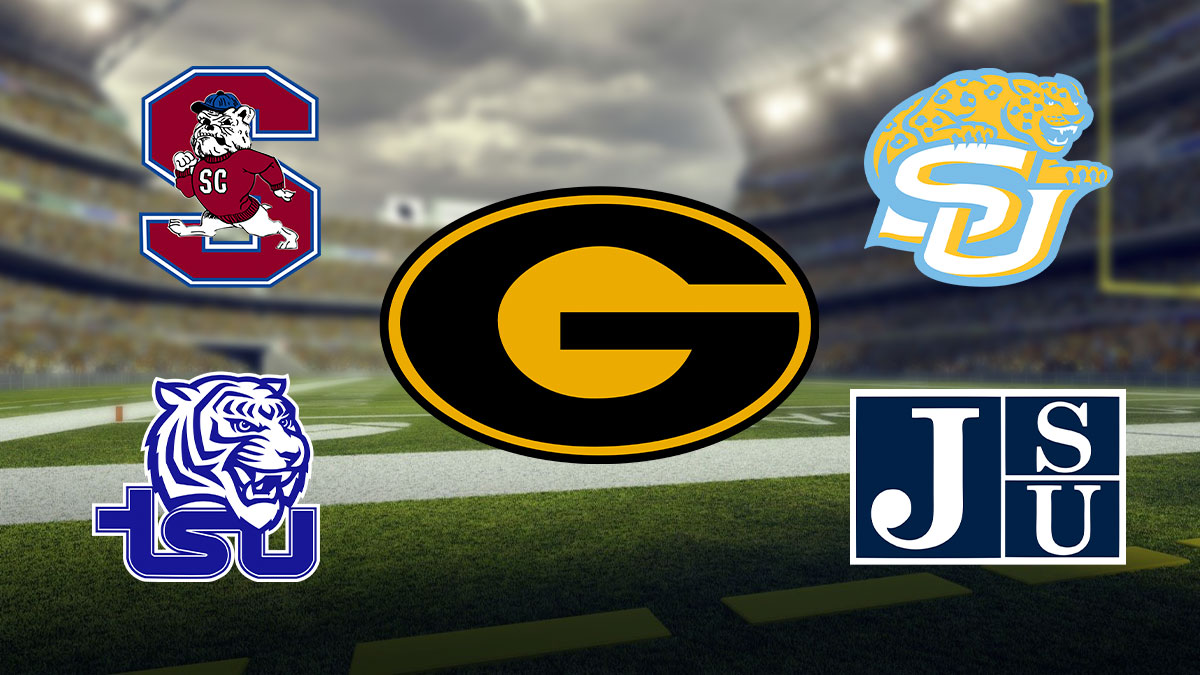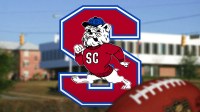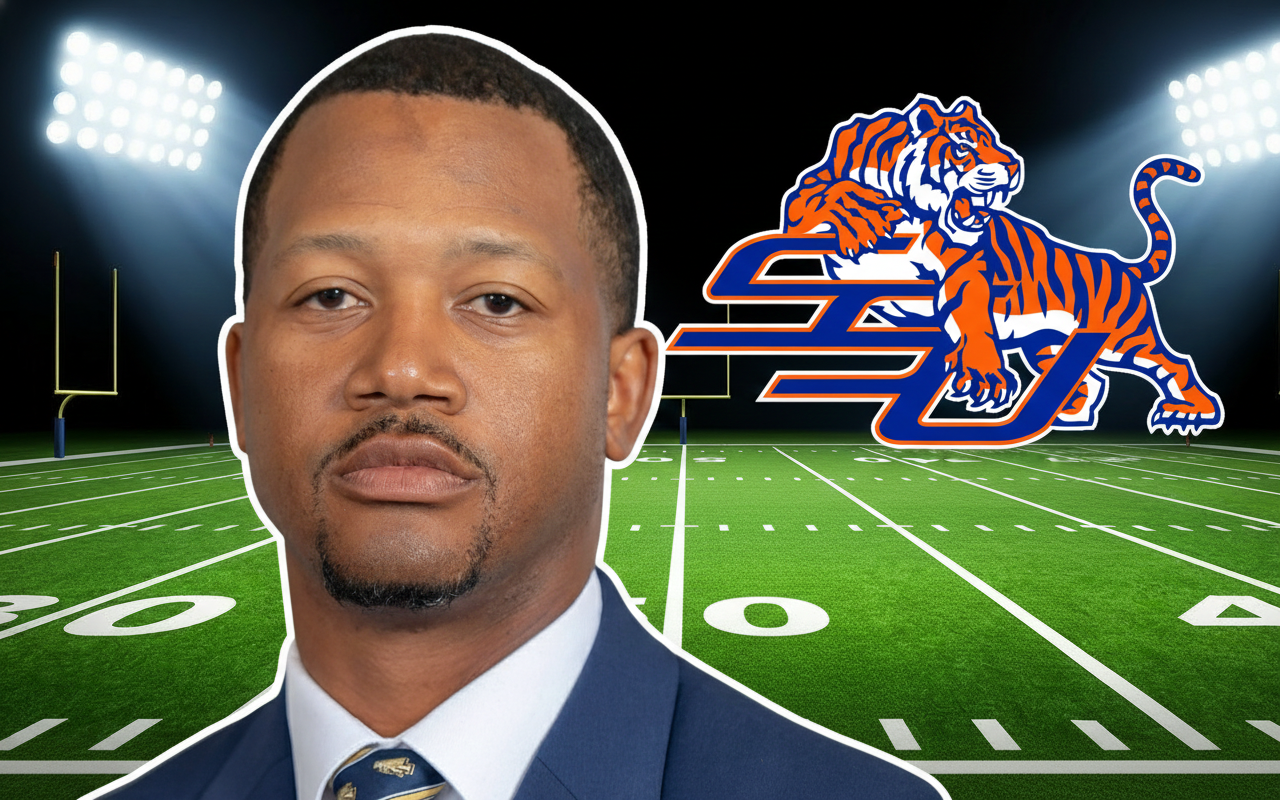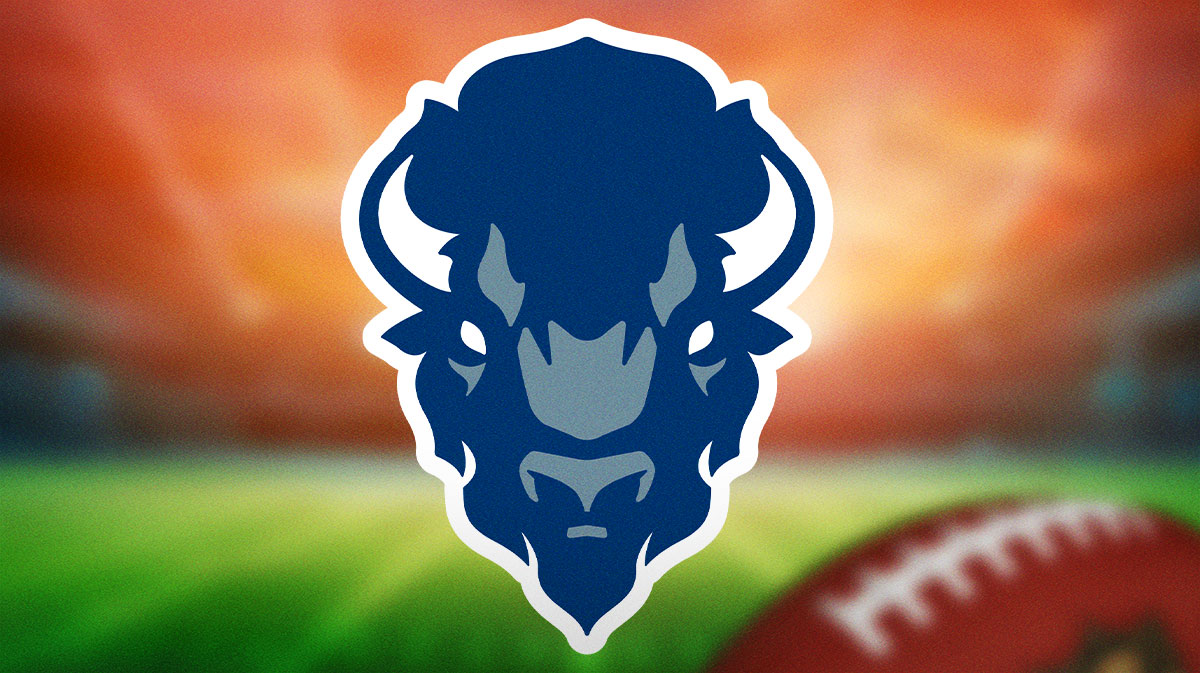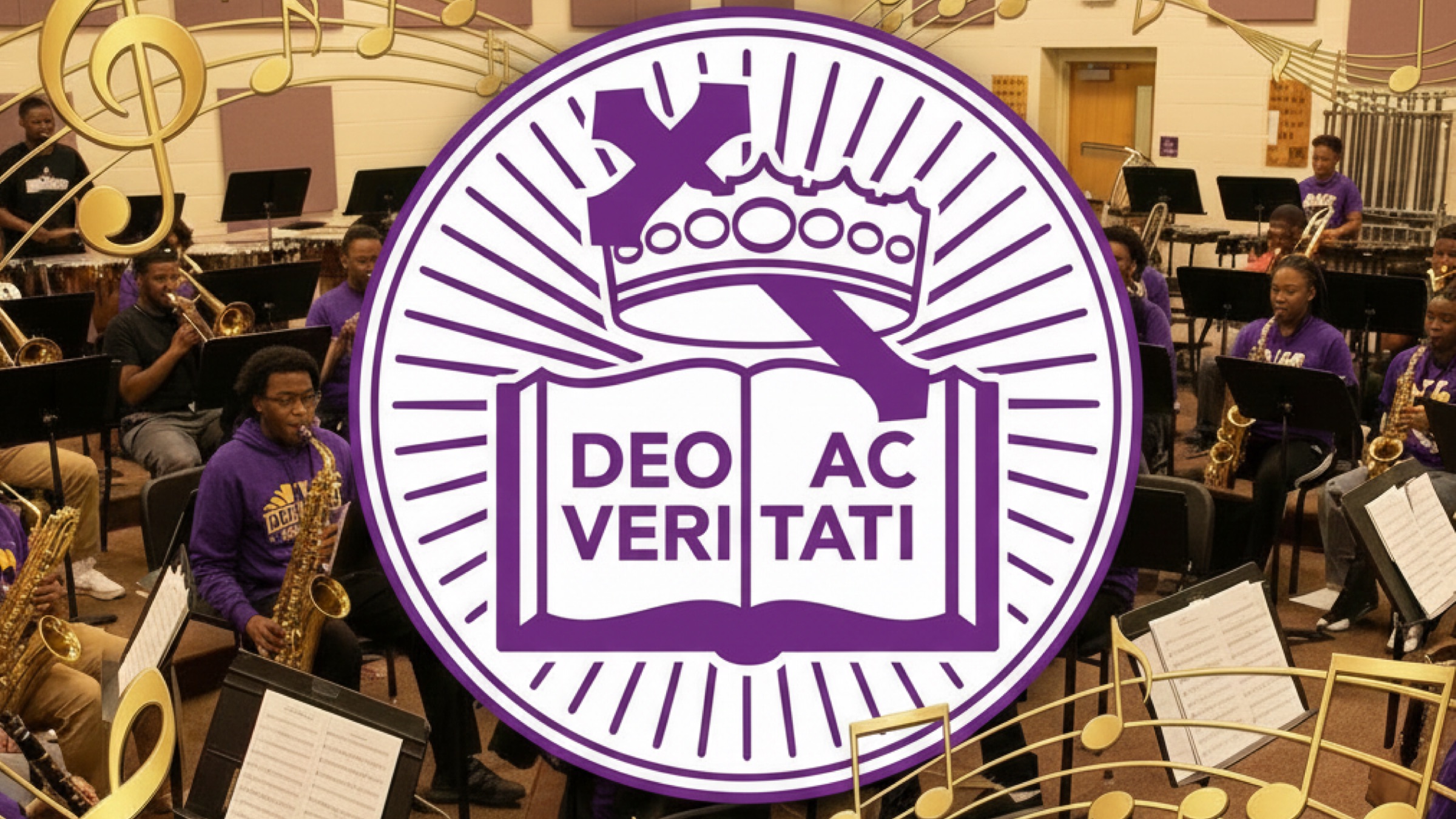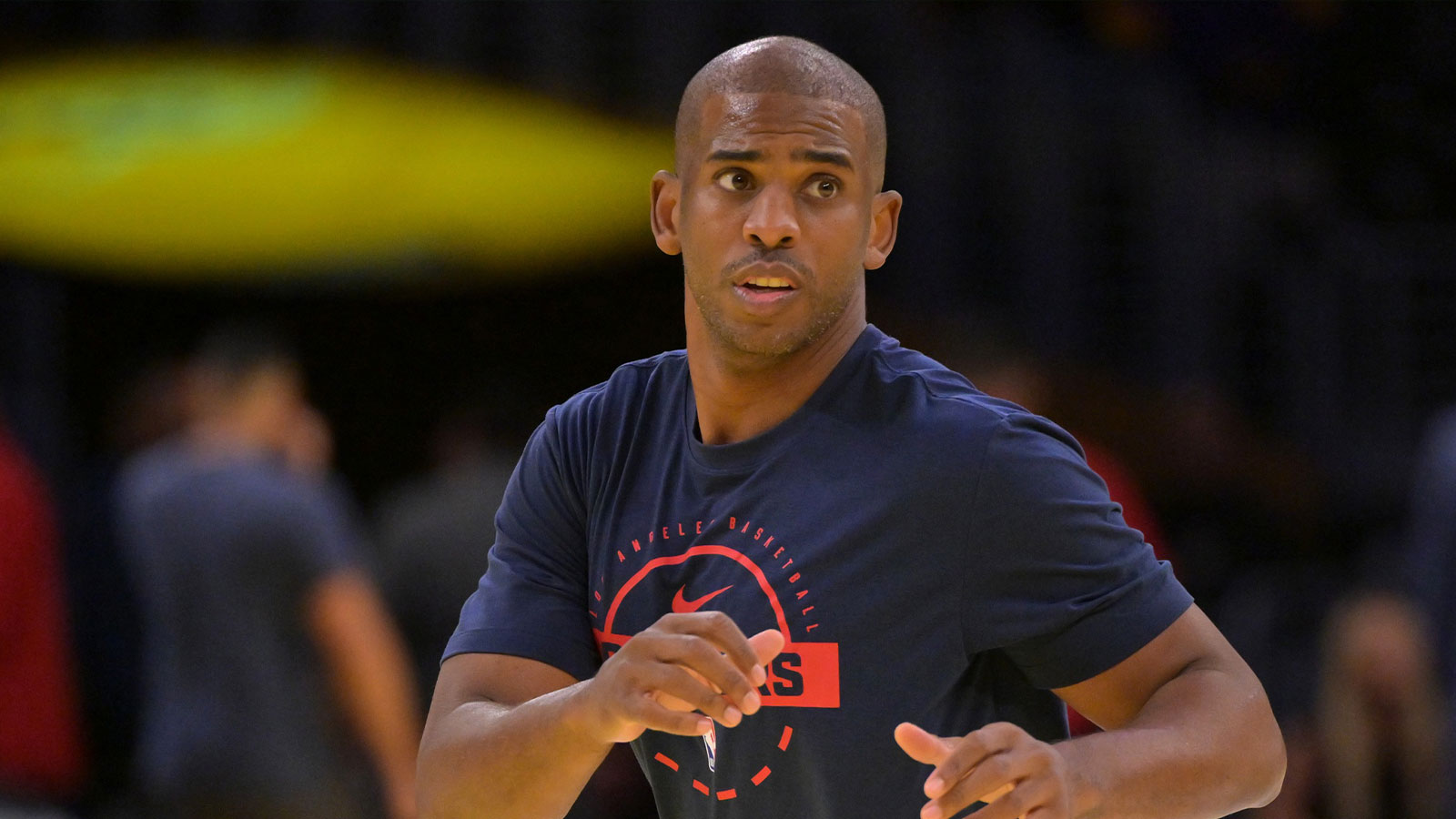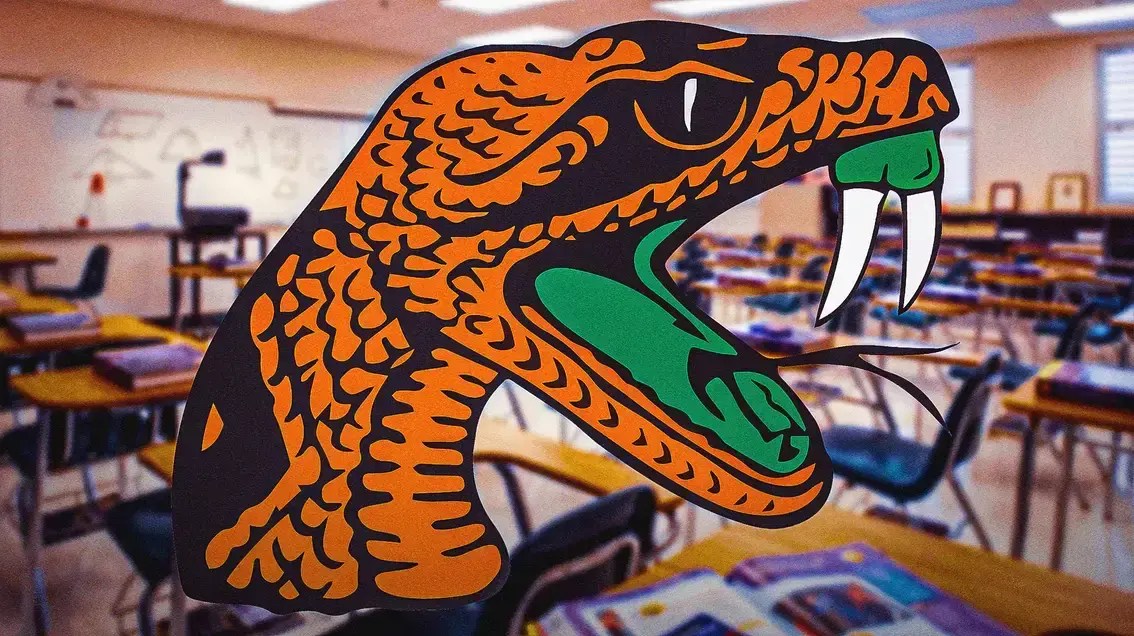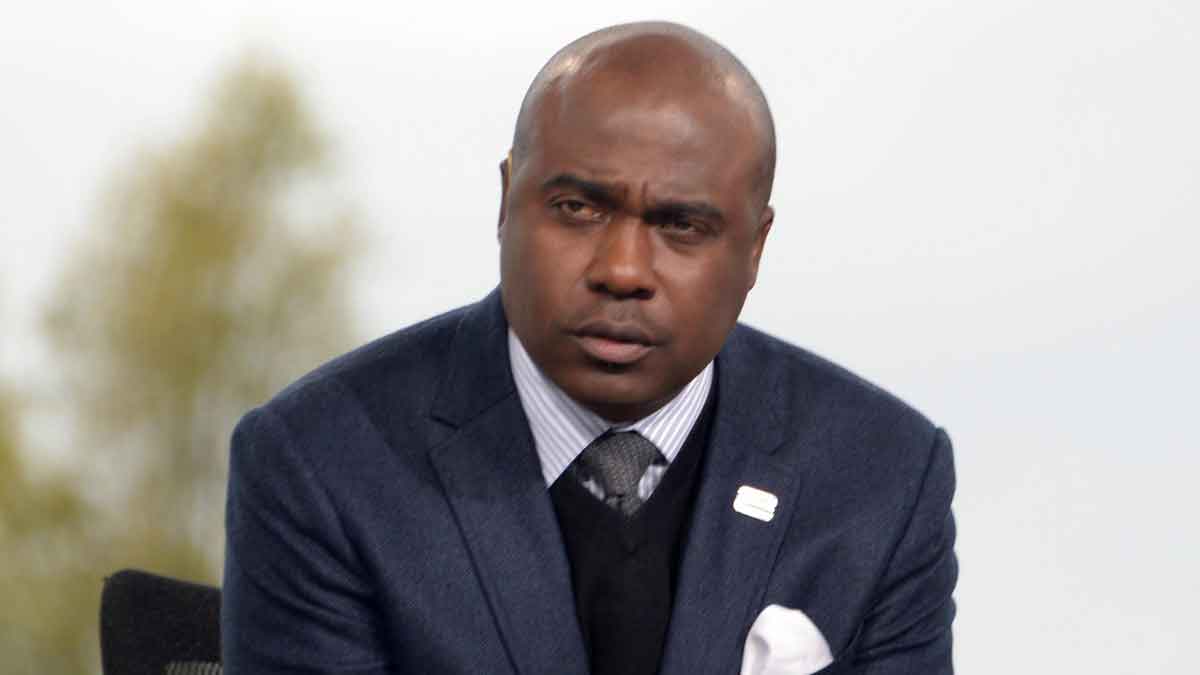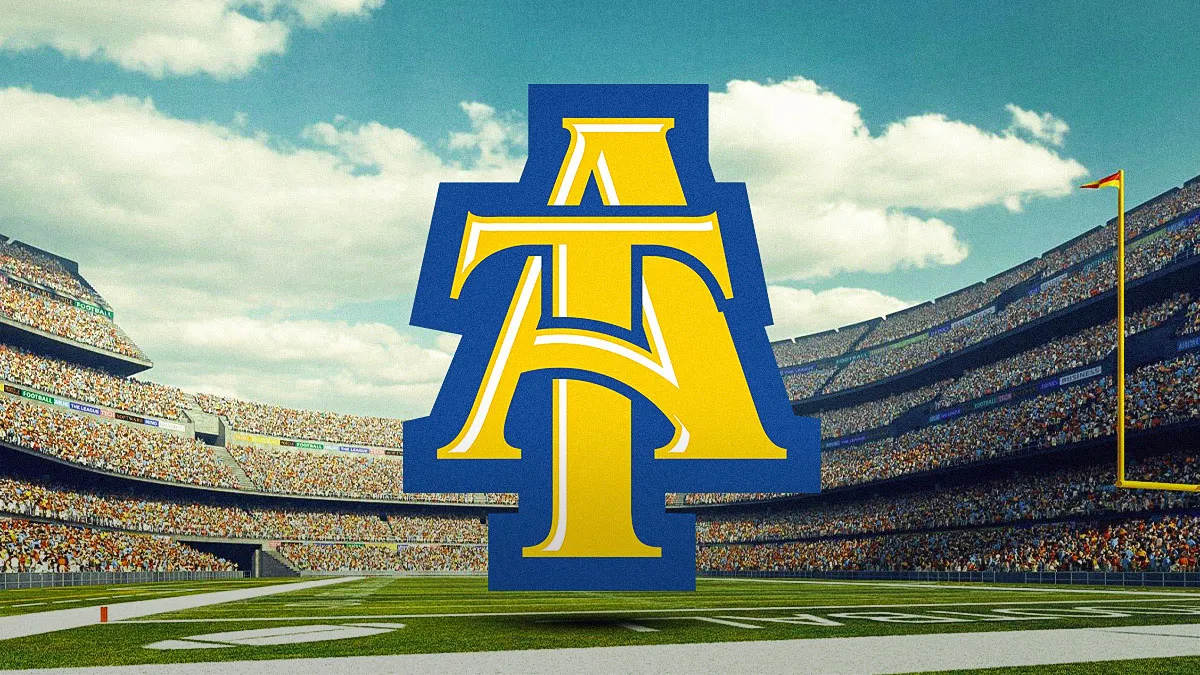The world of HBCU football is rich with history and tradition. As fans, we often debate and chronicle the greatest programs in our own ways. This offseason, a recurring conversation has revolved around creating tiers for the blue bloods of college football.
While I've always been consistent in my sports fandom, I typically avoid making definitive lists. Instead, I prefer to evaluate sports on a case-by-case basis, appreciating the unique greatness of coaches, players, and other stakeholders. Sometimes, the greatness of a player or coach doesn't need to be compared to anyone else.
However, the “tiers” I saw online were interesting. They inspired me to create my own definitive list of HBCU football powers, judging programs based on a few key criteria:
- Championships across eras
- Coaching pedigree, especially legendary coaches
- Sustained winning
- Cultural impact
- NFL players produced
Based on these standards, here is my list.
Blue Blood Football Programs
The following programs are locks for blue blood status. Their greatness should be self-evident.
Grambling State
Grambling's legendary status is undeniable. What Eddie Robinson accomplished from 1941 to 1997 was phenomenal. He cultivated countless young men who went on to make an impact in the NFL and other professional leagues, producing numerous Hall of Famers. Grambling also produced Doug Williams, who made history as the first African-American quarterback to win the Super Bowl MVP. Because of this, Grambling is considered the preeminent blue blood program in HBCU football.
Southern University
It's difficult not to include Southern University, especially considering their traditional dominance under coaches like Pete Richardson. The number of NFL stars and players they have produced throughout their history is simply staggering.
Jackson State
Even before the Deion Sanders era, Jackson State had a history of immense success under coaches like W. C. Gordon. The program has produced Hall of Famers like Walter Payton and countless other certified NFL players. Adding Coach Prime's two seasons of success only adds to an already stacked legacy.
Tennessee State
Tennessee State's historic greatness makes them a clear blue blood. They produced the first and only HBCU player to be selected number one overall in the NFL draft: Ed “Too Tall” Jones. The program has also been led by amazing coaches like John Merritt, Henry Keen, and, more recently, Eddie George. Despite some recent struggles, their historic dominance in the FCS and the football pedigree they've established cannot be negated.
South Carolina State
South Carolina State has a sustained level of excellence that is hard to ignore. This includes Willie Jeffries's legacy, Buddy Pough's 20-year journey as head coach, and the recent success of Buddy Pough's successor, Chennis Berry. The program's consistent winning and NFL pedigree, even as HBCUs have seen less draft picks in recent years, make it a perennial power.
Florida A&M
Florida A&M is the first and only HBCU to win an FCS national title. Their history includes producing top NFL players and reinventing the game with the “Gulf Coast Offense,” an innovative, air-raid style of play that made the Rattlers a thrilling team to watch in the '90s and early 2000s. Although the program has had some down years, coaches like Willie Simmons have brought back sustained greatness, culminating in a Celebration Bowl and SWAC championship.
Tier 1
These programs are excellent, but just a step below blue blood status.
North Carolina A&T
With a resume that includes multiple Celebration Bowl victories and a sustained level of excellence from 2015-2019, A&T was tempting to place in the blue blood category. They have produced star players and have a great coaching pedigree under Bill Hayes, Hornsby Howell, and Rod Broadway. However, the sustained accolades of the blue blood programs just put them a step ahead.
North Carolina Central
North Carolina Central transitioned to Division I in 2006 and has found impressive success since then. The program's run of dominance under coaches like Jerry Mack and more recently Trei Oliver is a testament to the culture they've built. As they notch more wins, championships, and NFL players, their stock will continue to rise.
Alcorn State
Alcorn State produced Steve “Air” McNair, the third overall pick in the 1995 NFL draft and a co-MVP in the NFL. The program also has a history of formidable teams and a run of dominance under Mario Casem. In the modern era, they were a frequent Celebration Bowl foe for North Carolina A&T and have consistently contended for SWAC Championships. Their history, combined with recent success, solidifies their Tier 1 status.
Hampton
Hampton has produced many great football players and claims seven national titles and 19 conference titles. Despite some recent struggles, their history of winning and the number of NFL alumni they've produced make them a strong Tier 1 program.
Tier 2
These programs have had pockets of greatness but lack the sustained, multi-era dominance of the tiers above.
Howard
Howard had an amazing team in 1993 led by Jay Walker that secured a huge win against Steve McNair's Alcorn State. They also won the Heritage Bowl in 1996. However, in the modern era, they have struggled to accrue consistent championship success.
Alabama State
Alabama State has had formidable teams, and they won a national championship in 1991 under Houston Markham. However, they lack the sustained greatness across eras to be considered in a higher tier.
Bethune-Cookman
Bethune-Cookman had success in the 2010s under coaches Brian Jenkins and Terry Sims. While impressive, it is not a sustained body of success across multiple eras, which keeps them in Tier 2.
Morgan State
A lot of Morgan State's success is historical. They have seven national championships, but their last claim to a title was in 1967. They have struggled in recent years and have not seen a sustained level of success across eras.
Tier 3
These programs have had some success, but are still working to build a consistent winning tradition.
Norfolk State
Norfolk State has had some winning seasons since transitioning to Division I in 1997, but a lot of those have been vacated, and they have had many losing seasons. Hopefully, the presence of Michael Vick can change the program's fortunes.
Delaware State
Delaware State made the FCS playoffs and won a MEAC championship in the 2000s, but they have not had a sustained level of success. DeSean Jackson could usher in a level of success for the program but it currently isn't in contention.
Alabama A&M
Alabama A&M was a successful Division II program before moving up in the late 1990s. While they have had some successful periods, they haven't been able to fully climb the totem pole and have a consistent level of success in Division I.
Prairie View A&M
Prairie View A&M has produced some amazing NFL talent and also has found success in recent years and even has emerged as a SWAC Championship finalist in a couple of seasons. But, like others in this tier, they have not established a sustained level of winning.
Tier 4
These HBCU programs have produced some of the greatest individual players in history, particularly Mississippi Valley State, but have not translated that into sustained program success.
University of Arkansas at Pine Bluff
College National Championship and a SWAC Championship in 2012 under Monte Coleman. However, they also have an overall losing record and have not had a level of sustained success that would qualify them to move up to a higher tier.

